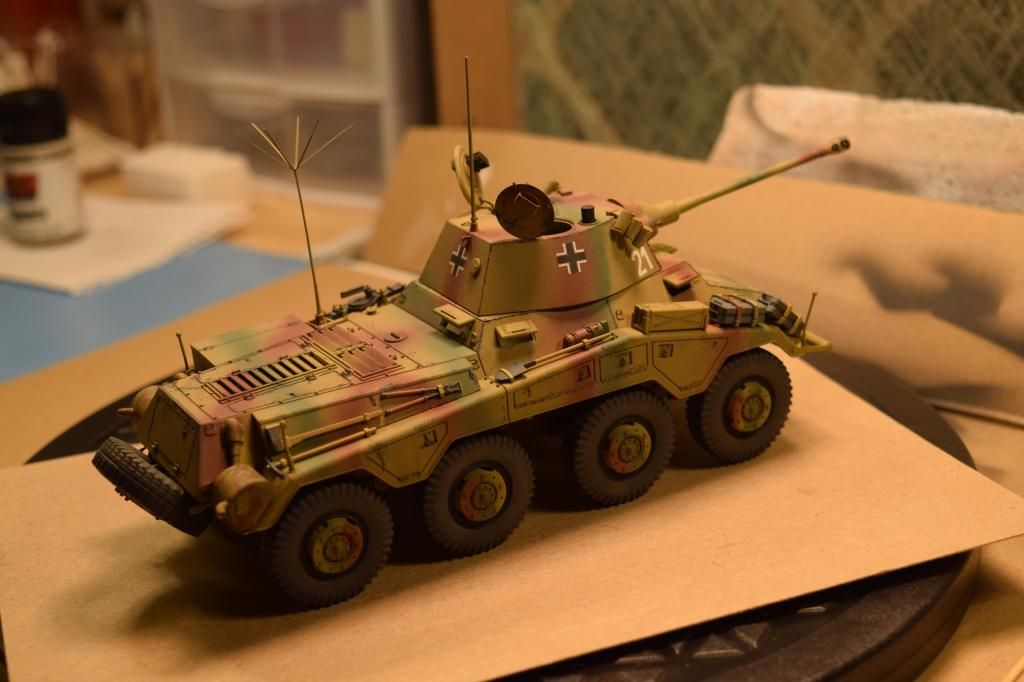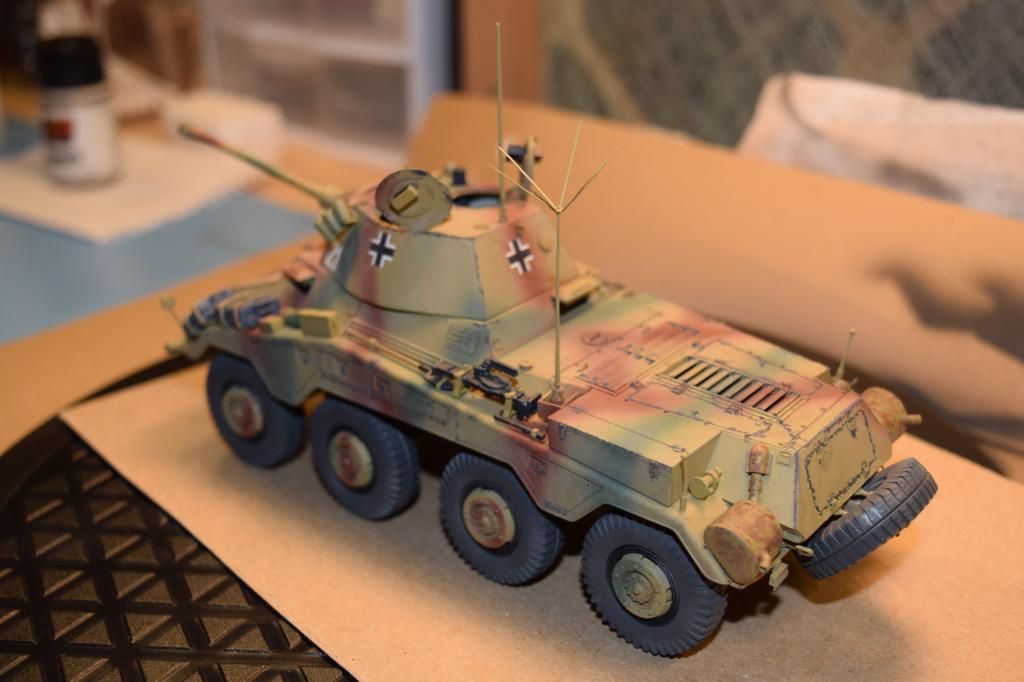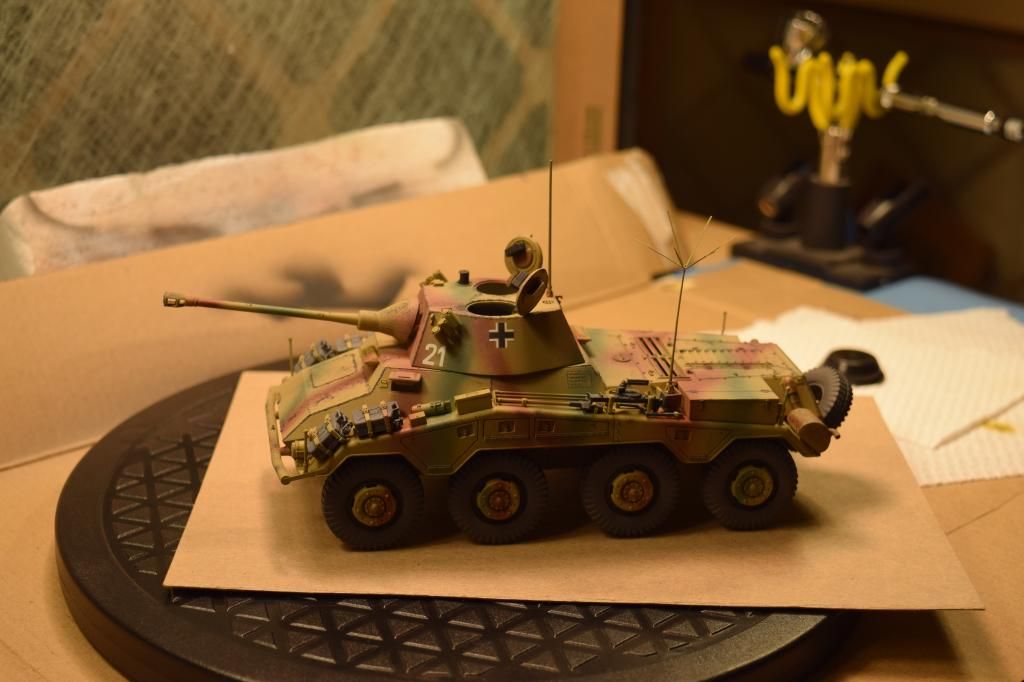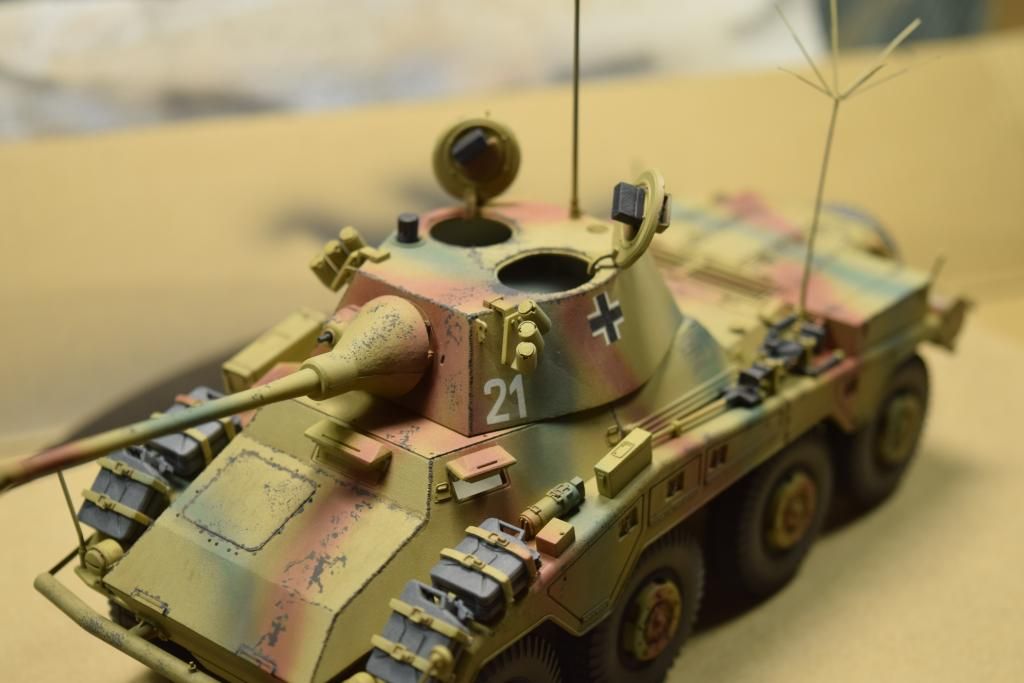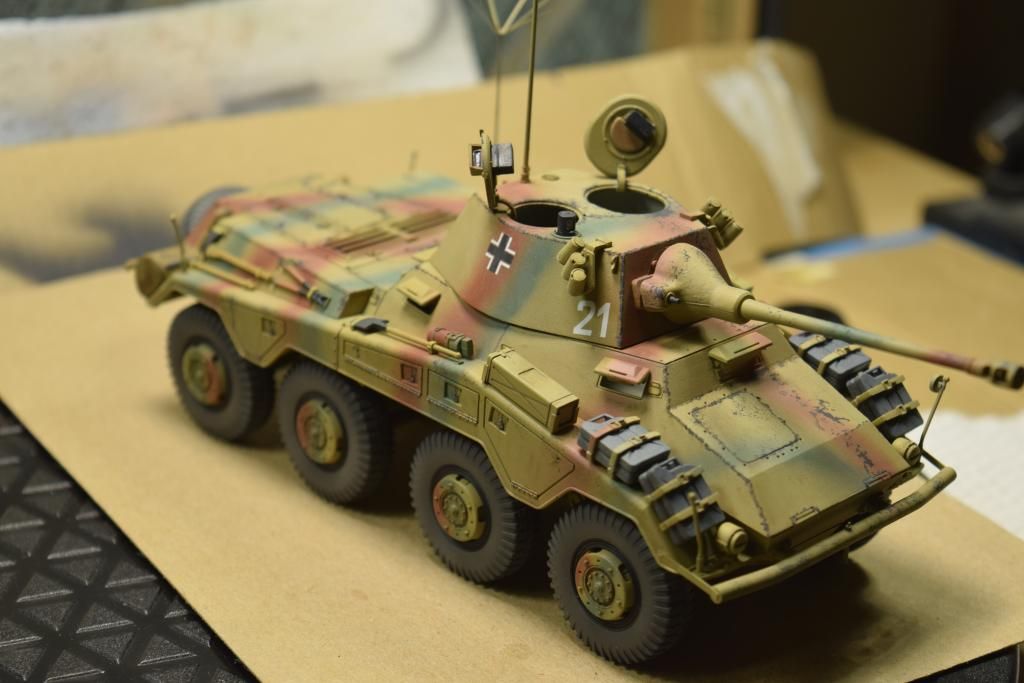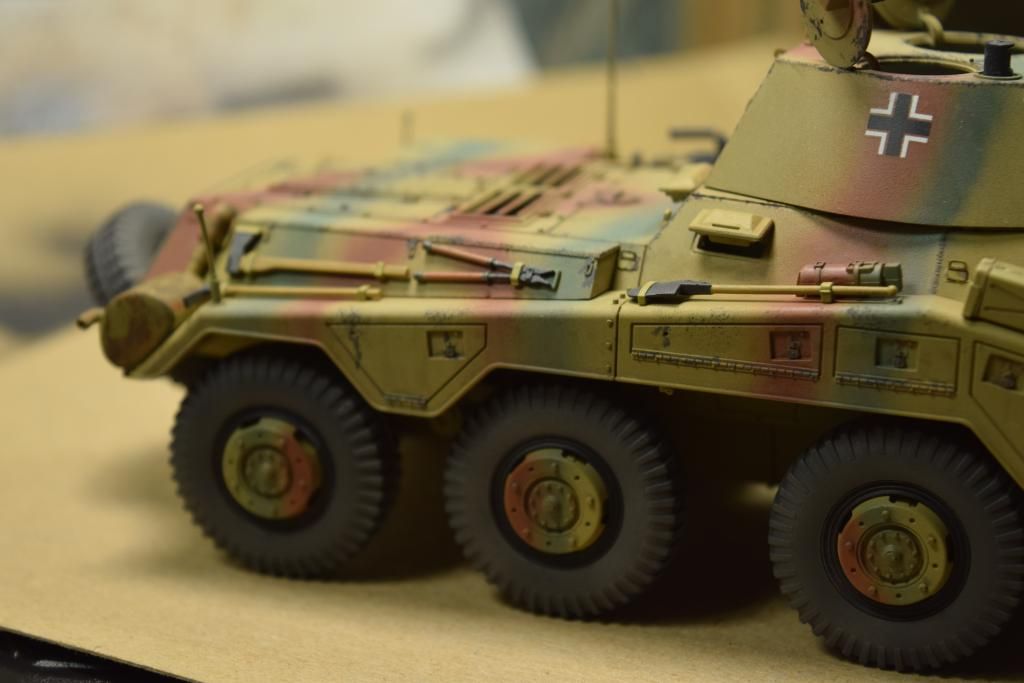Unfortunately the Nikon Coolpix 520 is out of production, but there are plenty of other good superzooms available - including its successor, the Coolpix 600 ( http://www.nikonusa.com/en/Nikon-Products/Product/Compact-Digital-Cameras/COOLPIX-P600.html ). Do you have a decent camera store, with a knowledgeable staff, in your neighborhood? If so, that’s the place to go. But you can also pick up such a camera at Best Buy, probably a bit cheaper.
I spent about $150 (an excellent price) on a box full of lighting equipment: two sockets, two stands, two white umbrellas, and two blue photo bulbs. Again the camera store is a good source. But you can make do mighty well with blue photo bulbs screwed into simple, cheap “clip light” reflectors, which you can get at a place like Lowe’s. While you’re there, pick up a roll of cheesecloth. You can stretch it over the reflector to serve as a diffuser.
First, though, I’d suggest that you see what you can accomplish with natural light (or room light, for that matter) and the flash that’s built into the camera. Those little flash units are pretty amazing things.
Another small suggestion: whenever I buy a new camera from our excellent local camera store, when the staff member tells me his best price I say, “Give me a good price on a spare battery and you’ve got a deal.” Such batteries aren’t cheap, and you definitely want a spare. (Nikon says the battery in the P-600 will deliver 330 shots per charge - but you’ll be amazed at how quickly you can shoot 330 pictures.) The guys are always willing to sell me such a battery at their price.
Good luck. Have fun.
